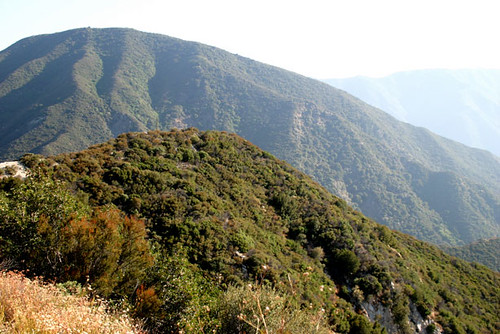What is diversity and why is it important? Why do environmentalists carry on so about it?
A single species' population has many individuals that carry different genetic variations which may not be expressed by the population at large, but stored in the genetic code. Individuals that have the expressed code fitting the demands of new conditions can allow the group to survive difficult environmental stress.
Trophic hierarchies within niches of organisms have different specialists with redundant attributes. And if conditions, such as weather alterations, illnesses, loss of food sources, toxic conditions, cause extinction of some specialist species within a habitat, the environment can, to a degree, continue. However, the redundancies of the specialists, within the trophic layers, are vital to the plasticity and resiliency of the environment. Losses of specialists can cause trophic collapse reducing function and production of the environment. Generalist species can take the place, to some degree, the position of the specialist but may not fulfill all the attributes and functions to be the surrogate support the trophic layer and collapse may only be a bit later rather than sooner.
So, genetic variation allows populations to weather ecologic alterations. Redundancies of specialists within trophic layers allow for whole habitats to weather ecologic alterations. Wolves, spotted owls, polar bears are in one tropic layer but have few redundancies within their habitats. Their numbers are few so their genetic library is limited. With climate change how resilient is the world's environment to human consumption of species and habitats?
Monday, May 30, 2005
mountians-green
Subscribe to:
Post Comments (Atom)

No comments:
Post a Comment